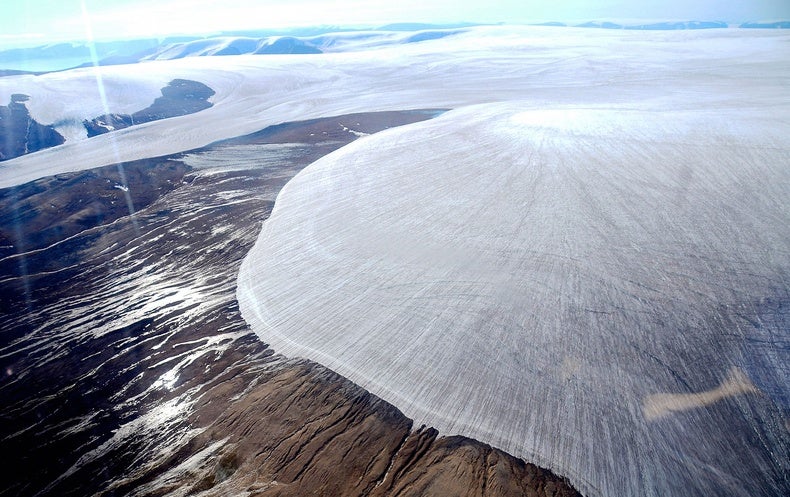Source: Paleooceanography and Paleoclimatology
A translation of this article was made possible through a partnership with Planeteando. A translation of this article may be possible thanks to an association with Planeteando
When it comes to climate modeling, understanding the past is key to predicting the future. Scientists use all kinds of materials to reconstruct the Earth’s past climate. Tree rings, ice cores, corals, bat guano and even whale wax may reveal clues to historical conditions.
Among the various climate reconstruction strategies currently in play, lake sediments stand out for their completeness and continuity. The deposits that border lake basins provide a wealth of data on changes in air temperature, water temperature and hydrology. The global record of lake data spans hundreds to thousands of years; in some regions, lake sediment archives offer a coherent view of lake conditions dating back to Last Glacial Maximumabout 21,000 years ago.
Unfortunately, paleoclimate data, such as that extracted from debris at the bottom of a lake, does not always produce a clean, consistent signal. Climatic variables like temperature and precipitation can often be hidden and difficult to constrain. In turn, this data is more difficult to fit into climate models, so scientists use proxy system models translate climate model data into the same repository as paleoclimate data. This translation puts both types of data on an equal footing for an apples-to-apples comparison. These translations are key to improving the physics that underpin climate predictions.
In a new study, Dee and Al. detail the first complete proxy system model for the lake archives, called PRYSM (Python, proxy system modeling). The model describes several components of a lake’s history, including the energy balance and hydrology of the system, the accumulation of leaf waxes or other physical and biological deposits, and bottom sedimentation and compaction. body of water. PRYSM also provides accounting for errors in data sampling, dating and analysis.
To validate the model, the authors used Paleoclimate Modeling Intercomparison Project Phase III (PMIP3) to simulate 20th century conditions in two African lakes, Lake Malawi and Lake Tanganyika. They then compared the results to field data. Comparison between simulated and real data revealed that lake systems exert a confounding influence on the climate signal of interest (eg, air temperature). For example, the results showed that lake surface temperatures respond differently than air temperatures to changes in the average climate; therefore, changes in lake temperature may not adequately reflect changes in air temperature. The revelation has profound implications for understanding how lakes may respond to human-caused climate change.
The lake model promises to improve interpretations of past climate conditions and predictions of future climate. The model will also help researchers answer questions such as: what percentage change in precipitation is needed to simulate a 150 centimeter change in lake level over 100 years?
PRSYM, now in its second release, is the first step toward a greater distribution platform for lake sediment data and the proxy system models that describe it. Ultimately, the authors envision a fully operational platform that can serve as a research tool and resource for the entire paleoclimate community. (Paleooceanography and paleoclimatology, https://doi.org/10.1029/2018PA0034132018)
—Aaron Sidder, freelance writer
Quote:
Sidder, A. (2019), Translating climate models into paleoclimate data language, Eos, 100, https://doi.org/10.1029/2019EO124475. Posted May 24, 2019.
Text © 2019. The authors. CC BY-NC-ND 3.0
Unless otherwise stated, images are subject to copyright. Any reuse without the express permission of the copyright holder is prohibited.




